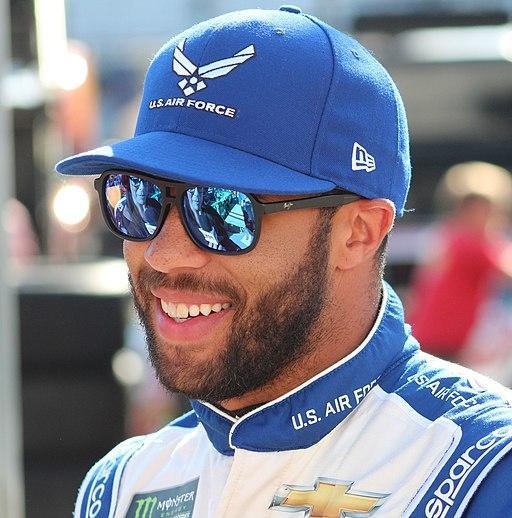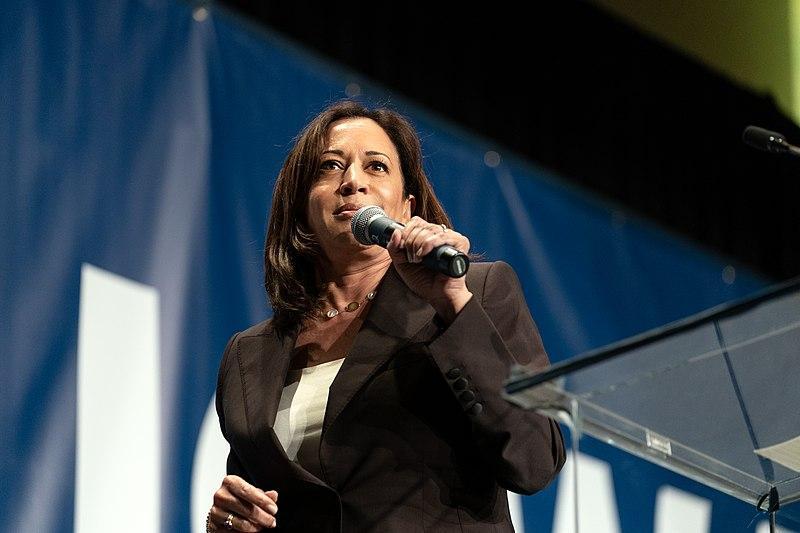6.5 Looking Ahead: Looking Back to Martin Luther King Jr.
People who have experienced marginalization in this country continue to work, raise their families, ensure their children have better lives, and strive toward equity. While there are a multitude of individual, organized, and grassroots efforts that work both outside and inside the representative system, we have looked most closely at the analysis of the feminist movement and the ways it intersects with other needs and activism.
To look ahead, let’s look back for a moment. You have likely heard of Dr. Martin Luther King Junior’s “I Have Dream” speech delivered in Washington, D.C. on the steps of the Lincoln Memorial on August 28, 1963. Maybe you have heard these famous lines:
I say to you today, my friends, so even though we face the difficulties of today and tomorrow, I still have a dream. It is a dream deeply rooted in the American dream.
I have a dream that one day this nation will rise up and live out the true meaning of its creed: “We hold these truths to be self-evident, that all men are created equal.”
I have a dream that one day on the red hills of Georgia, the sons of former slaves and the sons of former slave owners will be able to sit down together at the table of brotherhood.
I have a dream that one day even the state of Mississippi, a state sweltering with the heat of injustice, sweltering with the heat of oppression, will be transformed into an oasis of freedom and justice.
I have a dream that my four little children will one day live in a nation where they will not be judged by the color of their skin but by the content of their character. I have a dream today.
You can read the full text here at the King Institute’s website. You can also watch the whole speech in Figure 6.21, with subtitles (although there are occasional places where the audio has been lost).
https://youtu.be/ruuFn4YqhMQ
Figure 6.21. Dr Martin Luther King: I Have a Dream [YouTube Video]. It’s worthwhile to read and listen to this monumental speech while reflecting on your viewpoint about whether and how the country has progressed and changed since 1963.
As we reflect, we must keep in mind our own social identities. This author, a White person, has not experienced the negative effects of racialization; in fact, I have benefitted from it even when I didn’t realize it. So, reflect. And a part of that reflection must be the willingness to hear the experiences and viewpoints of those whose social identities put them most at risk for structural and individualized discrimination.
There are many Black leaders who are changing the way that representation is expressed and experienced. Bubba (Darrell) Wallace, a successful National Association for Stock Car Auto Racing (NASCAR) driver, made significant headlines by calling on the organization to ban the display of Confederate flags (Figure 6.22). Within 48 hours, the flags were banned, and he had his race car painted with a Black Lives Matter theme. This famous athlete used his personal influence combined with the ongoing social movement and the current national focus to address a longtime problematic symbol of oppression.

Figure 6.22. Bubba (Darrell) Wallace Jr. called on NASCAR to ban displays of the Confederate flag.
Senator Kamala Harris, a woman of Black and South Asian (Indian) ancestry was elected vice president in the national 2020 election (Figure 6.23). Her nomination and election highlight her education and work accomplishments as well as the importance of representation at the national level. The election of one Black leader does not solve the inequities that many people of color experience, but it is one step along the way.

Figure 6.23. Former Senator Kamala Harris was elected vice president in the 2020 election.
We have looked closely at several ways that representation affects families in the United States. As you continue your education in this class and in the future, pay attention to the ways in which you see representation making a difference and the potential for changes in representation.
Licenses and Attributions for Looking Ahead: Looking Back to Martin Luther King Jr.
Open Content, Shared Previously
Figure 6.22. “Darrell Wallace Jr.” by Zach Catanzareti Photo. License: CC BY 2.0.
Figure 6.23. “At the 2019 Iowa Democrats Hall of Fame Celebration in Cedar Rapids, Iowa on Sunday, June 9” by Lorie Shaull. License: CC BY-NC SA 2.0.
All Rights Reserved Content
Figure 6.21. “Dr. Martin Luther King: I Have a Dream Full Speech with English Subtitles” © English Subtitles. License Terms: Standard YouTube License.
